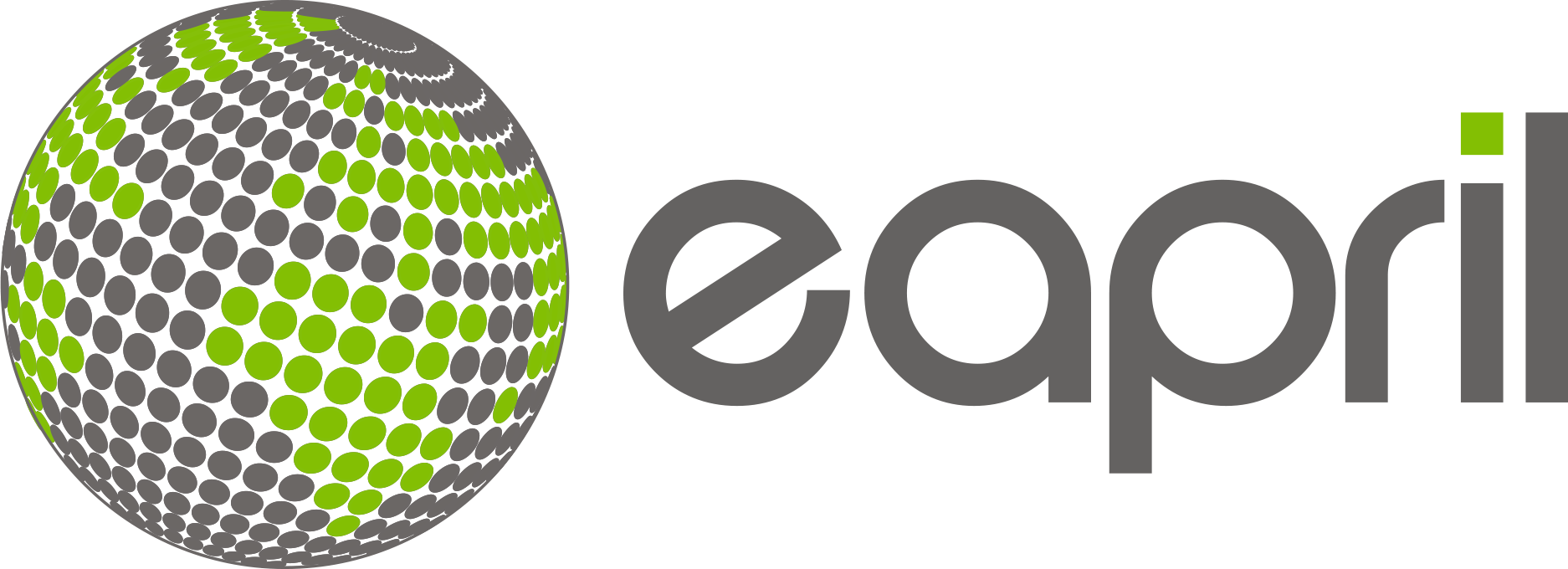COVID-19 crisis forces people to slow down, stay at home, and keep social distancing. At the same time, the crisis becomes a catalyst for educational institutions and pedagogic communities to rapidly cope with changing requirements in distance learning. Innovative, scalable and flexible solutions are demanded to keep run learning, teaching, and assessment. From a critical point of view, education systems are slow to change content and conformity with generally accepted practices. However, the COVID-19 crisis alters the pace of change in education dramatically and helps to change the traditional mindset. For example, distance learning, e-learning, and e-assessment, which were add-ons, are the main platforms and mediums now!
Although doors of schools are closed to more than 1.7 billion children and youth in 161 countries, COVID-19 could not succeed in stopping educational activities. Education rolls by switching from face-to-face learning to remote learning and particularly e-learning.
This rapid change has some pros and cons. Governments, private sectors, educators, and technical developers put huge efforts into developing, maintaining and sustaining a reliable, scalable, easy to use learning platforms. Students and teachers should get reskilled and upskilled agilely to be able to deal with the new learning environments. Due to the active use of the learning platforms, the users' needs, which were remained undetected, are now recognizable. Now Society is getting ready to approach the needs of Education 4.0, technology-wise and skill-wise. However, we should mind the challenge of the digital divide, which causes inequity in education. In this way, people, who do not have access to digital infrastructures such as the internet and computer and/or do not have any support to set up the learning environments cannot proceed with their education.
The results of the post-COVID-19 crisis on the quality of education will reveal the success rate of remote learning, teaching, and assessment. Today's step is just a starting point to establish the education system by using novel and digital learning technologies.
Real change takes place when its need is deeply identified and there is no way to stay in the current state. When changing starts no-one can stop its movement!

Article written by Marjan Khobreh, Assistant Professor at the Vienna University of Economics and Business and EAPRIL Cloud 6 Coordinator
Share this post
About the author
Lorem, ipsum dolor sit amet consectetur adipisicing elit. Doloribus incidunt esse labore sint, sequi commodi reprehenderit quos dicta nesciunt quasi tempora nobis amet tenetur suscipit quisquam adipisci minus autem fuga.
